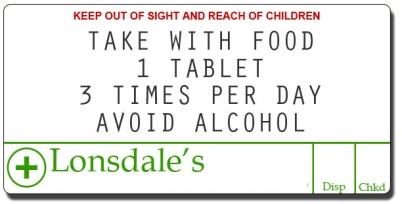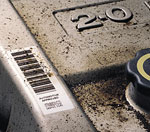In thermal transfer printing the material is applied to paper or other materials by melting a coating of ribbon so that is stays glued. The process was invented by SATO corporation somewhere around 1940 and has almost become the standard in label printing.
The ribbon, sometimes called the foil is a polyester film which has been coated on the label side with a wax, wax-resin or pure resin “ink”. Another layer of protective coating keeps it from sticking to the printhead. A previous article that you can read here presents presents more details about the types of printer ribbons and their usage. https://labellingmachines.wordpress.com/2012/06/18/what-you-must-know-about-printer-ribbons/
Zebra thermal transfer ribbons are a type of well known print ribbons that come in the three variants mentioned by the article, are smudge resistant and produce a crisp black image with excellent high speed performance. They provide very good print quality and image on most European uncoated and coated paper facestocks. The ALS Store are approved partners for Zebra Ribbons.
These transfer ribbons can be paired with zebra thermal transfer labels using thermal printers. Pulses of heat supplied by the printheads transfer an image from the ribbon to the label. When the correct label and thermal transfer ribbon are used in combination, the result is an image with outstanding visual quality and resistant to many elements. Exposure to indoor or outdoor UV light is one of the main cases considered, that is why carbon black is one of the most desirable pigments in black ribbons, as it is very light-stable.
As labelling industry is more and more demanding, it is imperative to use the best thermal transfer ribbons and labels. Also, it is worth mentioning that there is a clear distinction between direct thermal printing and thermal transfer printing. Although the process of direct printing costs less, the results are more sensitive to light and abrasion, this reducing the life of the printed material. The process is appropriate for materials such as general receipts, coupons and event tickets.
When durability is required, thermal transfer printing is the solution. Labels and asset tags are just two examples that fit into this category.














